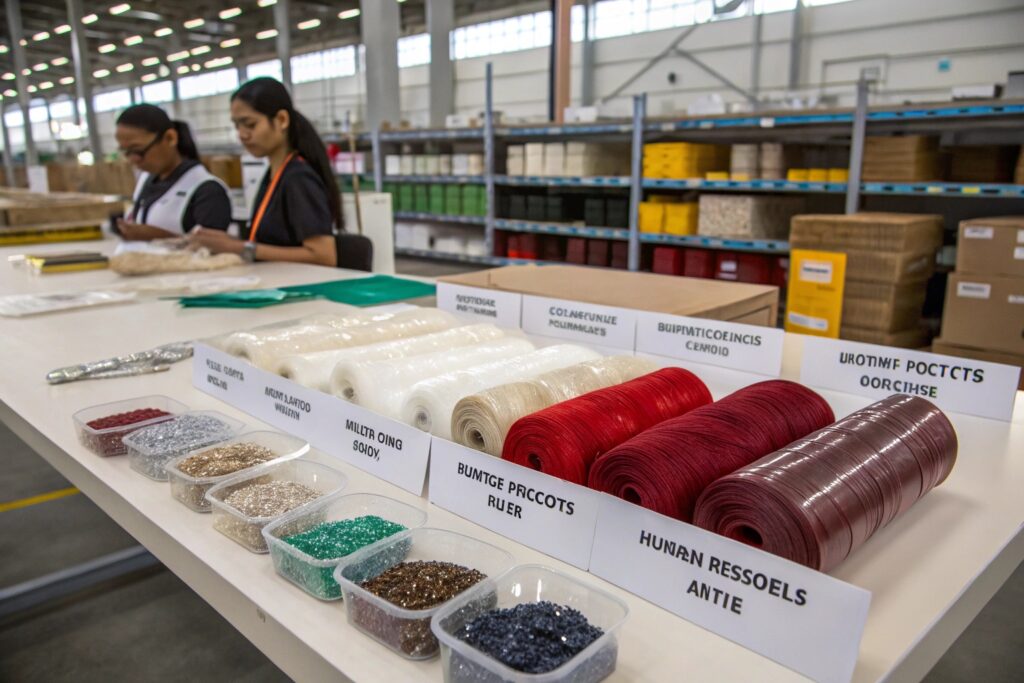Small businesses and global brands alike want transparency—especially when it comes to where the materials in fashion accessories come from. But most manufacturers stay silent. That’s where we’re different.
Professional hair accessories factories like ours prioritize ethical sourcing, sustainable partnerships, and cost-effective materials to balance quality, profit, and traceability.
At HairAcc, we know buyers care where plastic, fabric, metal—and even human hair—comes from. That’s why we invest in responsible sourcing and communicate openly.
How is hair ethically sourced?
Ethical sourcing of natural hair is one of the most sensitive topics in the beauty and fashion supply chain.
Hair is ethically sourced when donors voluntarily sell or donate their hair under fair conditions, with proper sanitation and supply chain documentation. Most professional factories source from certified temples, regulated collection centers, or ethical donation networks.
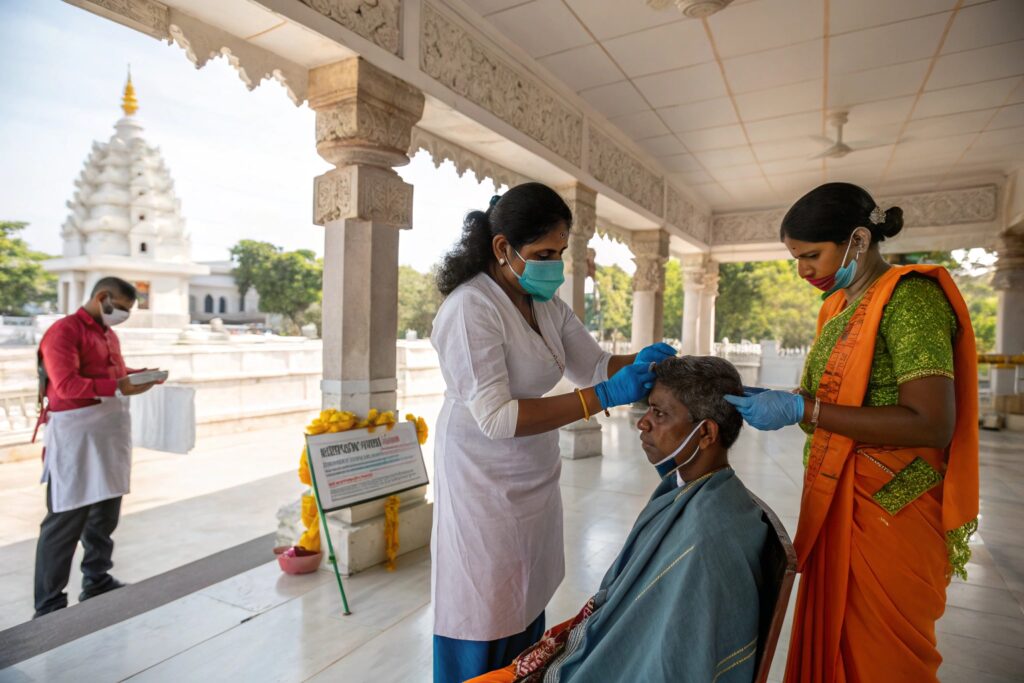
How does ethical sourcing differ from unethical practices?
Ethical sourcing ensures the dignity, consent, and compensation of hair donors. Here’s a breakdown:
| Aspect | Ethical Hair Sourcing | Unethical Hair Sourcing |
|---|---|---|
| Donor Consent | Voluntary, often from temples or salons | Coerced or unverified collection |
| Payment to Donors | Fair and transparent | Donors may be unpaid |
| Sanitation & Processing | Cleaned, sorted, and traceable | Mixed or unsanitary sources |
| Paperwork & Traceability | Origin documents, batch codes | No traceability or inspection records |
In China, we do not use natural human hair for hair accessories like headbands or scrunchies, but if we partner with customers producing wig accessories or hairpins with extensions, we guide them toward ethically certified suppliers from India or Southeast Asia.
We also offer faux hair alternatives made from Japanese synthetic fibers or heat-resistant acrylics, which look realistic, cost less, and remove ethical concerns entirely.
What is the profit margin on hair accessories?
It’s not just about style—accessories are serious business. Many fashion entrepreneurs underestimate the margin potential of small items like clips or headbands.
Profit margins on hair accessories typically range from 50% to 400%, depending on sourcing costs, packaging, and branding. Direct-from-factory buyers achieve the highest margins due to lower input costs and full customization control.
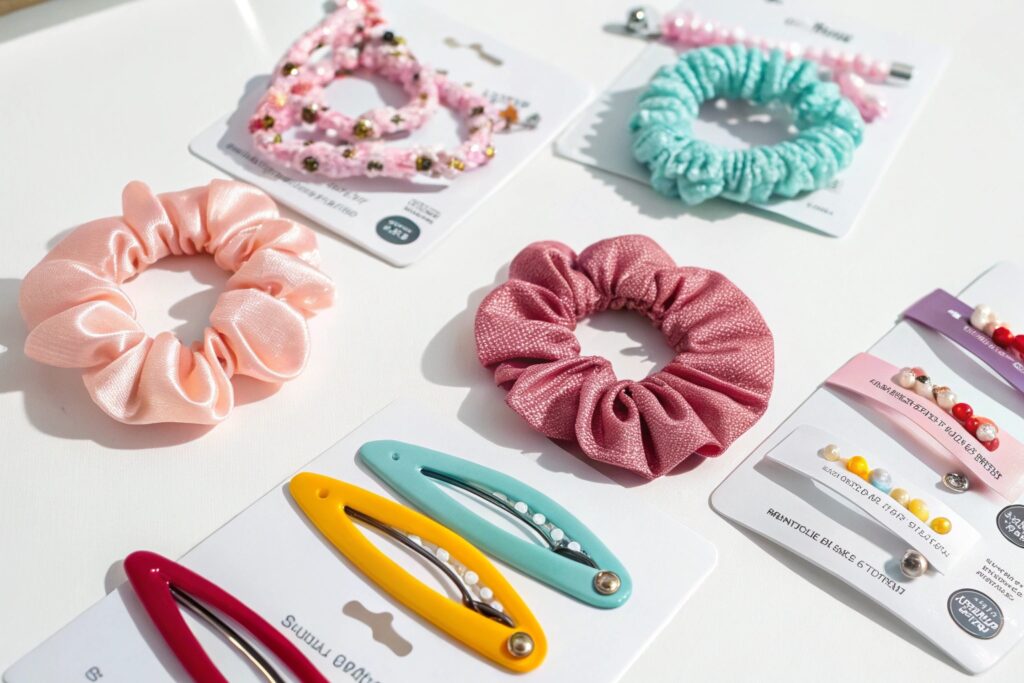
How can small businesses maximize profit margins?
There are two key factors: sourcing strategy and perceived value. Here's how margins typically break down:
| Product Type | Factory Cost (USD) | Retail Price (USD) | Typical Margin |
|---|---|---|---|
| Basic Hair Clip | $0.20 | $2.00–$3.00 | 900%+ |
| Padded Headband | $0.80 | $5.00–$12.00 | 500–900% |
| Silk Hair Tie (OEM) | $0.45 | $4.00–$8.00 | 700–1000% |
| Faux Hair Scrunchie | $0.60 | $3.50–$7.00 | 400–800% |
If you're sourcing directly from a manufacturer like HairAcc, your per-piece cost can be reduced by over 40% compared to local wholesalers. That margin boost allows you to invest in custom packaging or influencer campaigns without sacrificing profit.
Are hair accessories profitable?
Absolutely—and more than ever. In the post-pandemic economy, consumers are buying affordable items that refresh their style. Hair accessories fit that bill perfectly.
Hair accessories are one of the most profitable and scalable product categories in the fashion industry. Their small size, low production cost, and high trend turnover make them ideal for brands seeking high ROI.
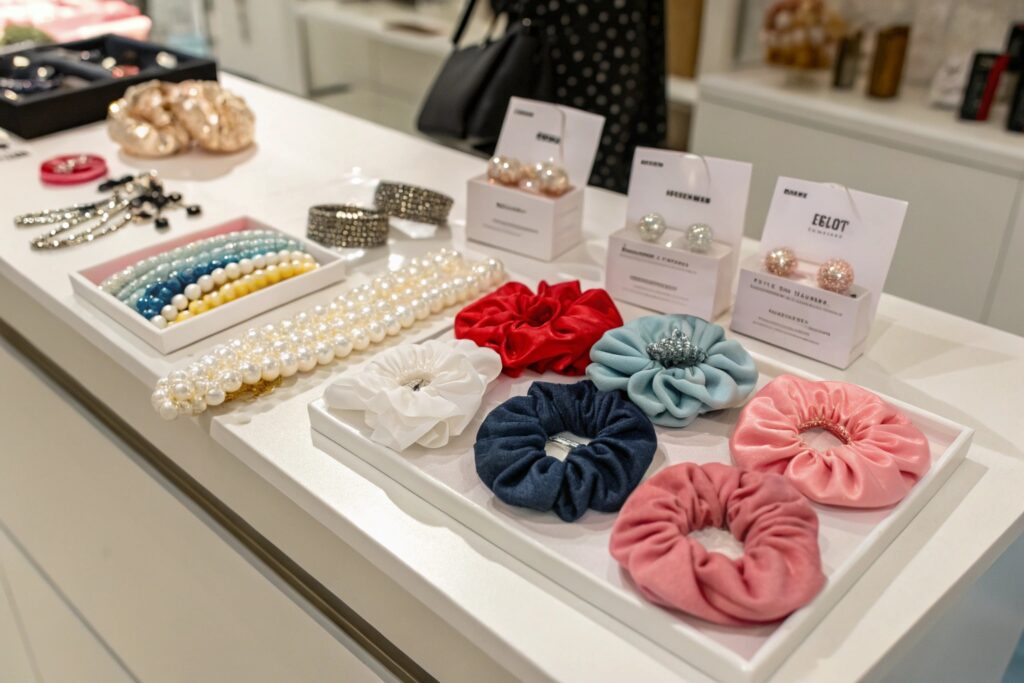
What makes this niche so profitable?
Several key reasons:
✅ Low Startup Costs
A $1,000 budget can launch a 5-style collection with logo tags and basic packaging.
✅ High Perceived Value
Consumers perceive headbands or scrunchies as premium if packaged well—even if they cost under $1 to make.
✅ Trend Cycles Support Frequent Launches
New designs drop each season. You don’t need to hold old inventory for long.
✅ Low Storage & Shipping Fees
Accessories are light, flat, and easy to pack—saving on logistics and warehousing.
We’ve supported clients who scaled from Etsy stores to global wholesale networks—all from a single scrunchie line that cost less than $0.50 each to produce.
Where is Babe hair sourced?
“Babe Hair” is a brand commonly associated with hair extensions—but many buyers don’t know the origin of the product they’re reselling.
Babe Hair Extensions, like many U.S.-branded extension suppliers, source most of their hair from India or Southeast Asia—primarily from temple donations or regulated collection centers. Some blends may also include synthetic fibers or Chinese-origin hair.
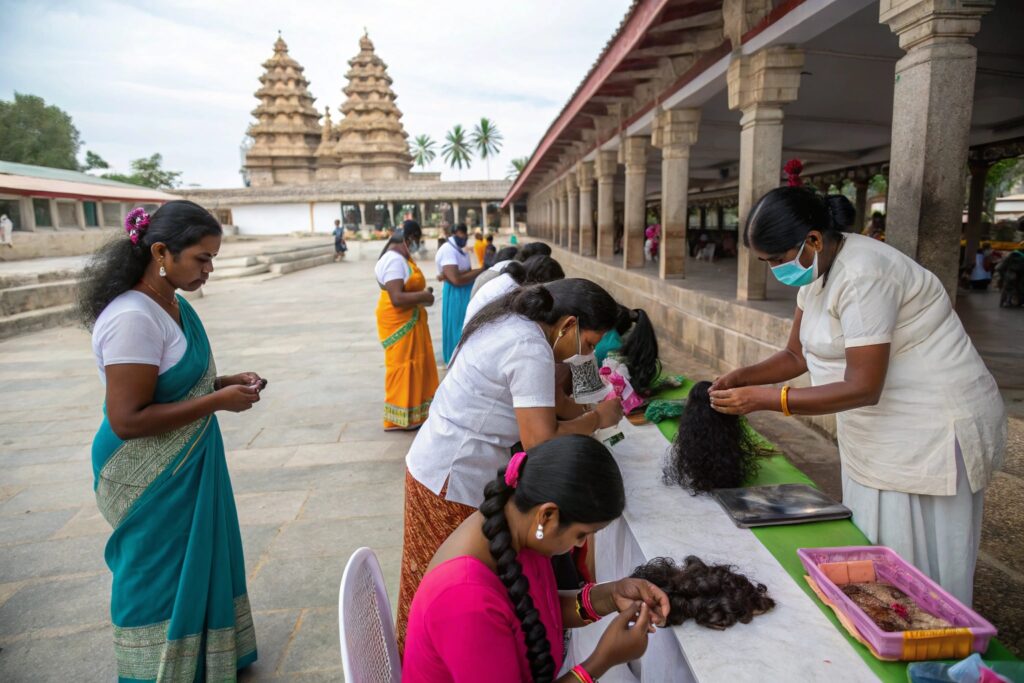
What should buyers know about sourcing transparency?
Just because a brand is based in the U.S. doesn’t mean the hair comes from there. Most brands don’t manufacture—they rebrand and distribute. Here's what you should ask:
🔍 Ask for Origin Breakdown
Real manufacturers can tell you if the hair is Indian Remy, Chinese Remy, or synthetic.
📄 Request Test Reports
Colorfastness, dye-compatibility, and chemical residue reports should be available.
🧴 Check the Processing Method
Some “human” hair may be acid-dipped or silicone-coated to hide flaws.
If you’re sourcing hair clips or pins with extensions attached, we can help you choose the right type: Remy hair for luxury lines or Japanese fiber for vegan-friendly, mass market.
Conclusion
Material sourcing isn’t just about finding what’s cheap—it’s about aligning with quality, ethics, and market expectations. At HairAcc, we help brands choose the right materials for their product and values—whether that’s certified faux hair, high-tensile acetate, or hand-dyed chiffon. A good product starts with a good source.

